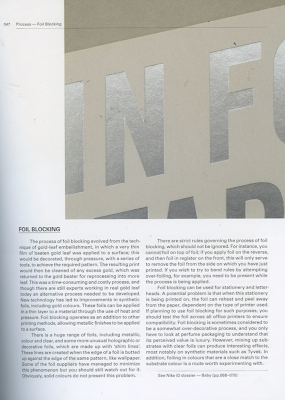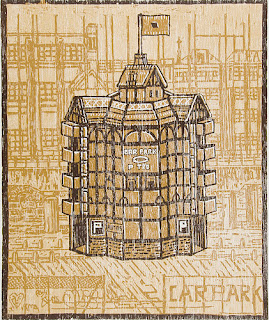The majority of these layouts are focused on a person/people. This is the most relevant because my article will be based on someone else. I am looking for common similarities that can be adapted into my work. I am also looking for interesting and innovative ways of presenting this information that I can take inspiration from.
For example, the second image down focuses on the person entirely. The image spreads across a double page with a small amount of text over it. This straight away captures your attention, and holds a lot of impact- depending on the tone of the article this could work well- reflecting the bold nature of my partners personality.
For me the article above is littered with images, it is crowded and confusing. The general feel is dull yet busy. One aspect I can take from this article is the colour scheme- it works well in capturing the viewers attention, and holds an exciting feel- I need to remember that colour scheme can also affect the tone of an article before someone has even read it.
All of the articles above are from the same magazine 'Pop'. This is more the feel I think i'll be going for. It's something in which I can imagine my partner (Luis) in. The feel is more structured with interesting imagery- the structured aspect is one that reflects Luis' personality, everything has to be organised and structured. I specifically like the overlay of a small, light pointsize type on the image, with different weights creating an interesting texture from a distance.
The articles above all come from the illustration magazine 'Varoom'. They all possess high quality layouts using different typefaces, colours, shapes of text and weighting- giving some really interesting finishes. The different typefaces coupled with their size means that focus is on different areas- I can use this to my advantage when designing Luis' article- focusing on a small amount of text that sums up its tone.
The two articles above are from the French culture magazine 'Numero'. They have money to spend on layout here, making use of space, these articles looks as if they come form an expensive magazine. I particularly like the second article- the mass of space draws you in.
The article above is from 'The Times' supplement: 'Eureka'. Here, there is a lot of information crammed on one page. It is regimented yet also busy.
I need to think about different weighting within the article- how it, in a subheading or sentence can create different levels of focus and thus change its tone. It also looks more visually interesting and diverse- rather than solid weighting within the whole thing.

















































